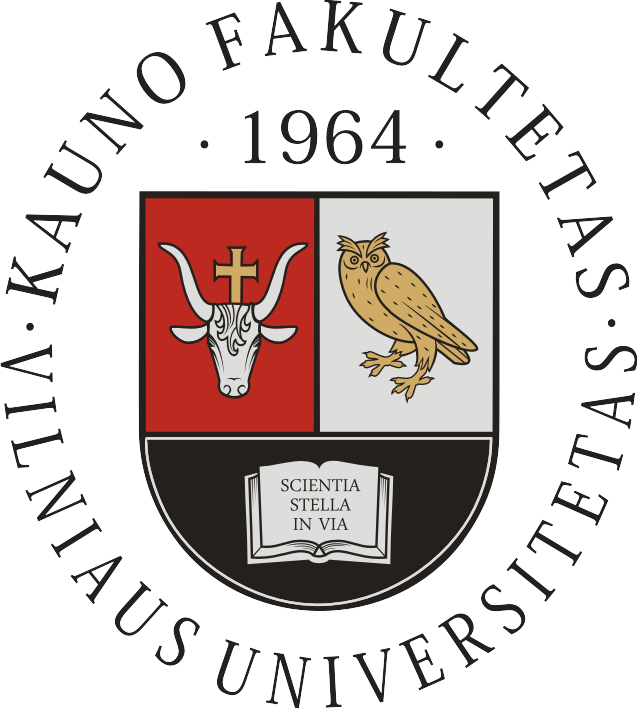Transformations in
Business & Economics
- © Vilnius University, 2002-2020
- © Brno University of Technology, 2002-2020
- © University of Latvia, 2002-2020
Article
IMPACT OF AGRICULTURAL INDUSTRY AGGLOMERATION ON INCOME GROWTH: SPATIAL EFFECTS AND CLUSTERING DIFFERENCES4
Qing He, Junbiao Zhang, Lijun Wang, Yangmei Zeng
ABSTRACT. Industrial agglomeration can increase income, but the income of farmers is uncertain under agricultural industry agglomeration. Agricultural industry agglomeration can not only increase farmers' income due to the scale effect, but it can also cause the loss of agricultural production resources and reduce farmers' income due to the siphon effect. To explore the spatial effects and the cluster differences in the impact of agricultural industrial agglomeration on the growth of farmers' income. On the basis of spatial economics, the Moran's I index of location entropy and spatial auto-correlation were used to analyze the correlation between China's agricultural industry agglomeration and farmers' income growth in 2003-2017. The spatial panel Durbin model under two different weight matrices was constructed to explore the impact and spatial interaction effects of China's agricultural agglomeration on farmers' income. Finally, a threshold model was used to analyze the cluster differences of the impact of agricultural industry agglomeration on income growth in three different degrees of agricultural agglomeration areas. Results demonstrate that a spatial correlation is found between the geographical agglomeration of agricultural industry and farmers' income in China. From the perspective of space, the externality of agricultural industry agglomeration significantly increases the income of local farmers. The siphon effect of agricultural industry agglomeration has a restraining effect on the income growth of farmers in surrounding areas, which may aggravate the unbalanced development of the rural economy. The groups with different aggregation degrees have obvious differences. In the high and moderate agricultural agglomeration areas, agricultural industry agglomeration has a significant effect on the increase of farmers' income, but in low agglomeration areas, the effect is not obvious. The conclusions provide theoretical references for the government in the layout and the structure optimization of the agricultural industry.
KEYWORDS: agglomeration of agricultural industry, spatial Durbin model, direct effects, indirect effects, threshold model.
JEL classification: D31, Q12, Q18, L16, O18, C33.
4Acknowledgment: This study was supported by the National Natural Science Foundation of China (Grant No. 71333006) & the China Postdoctoral Science Foundation (Grant No. 2018M632888).

